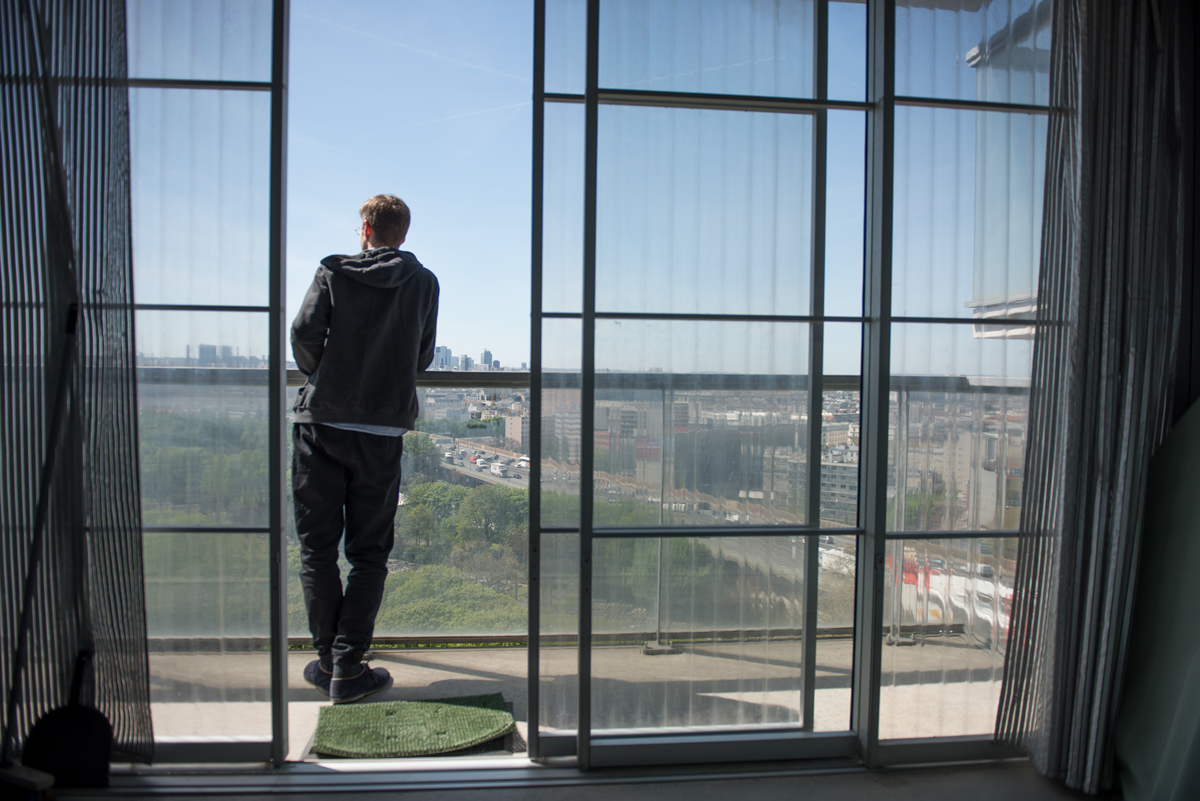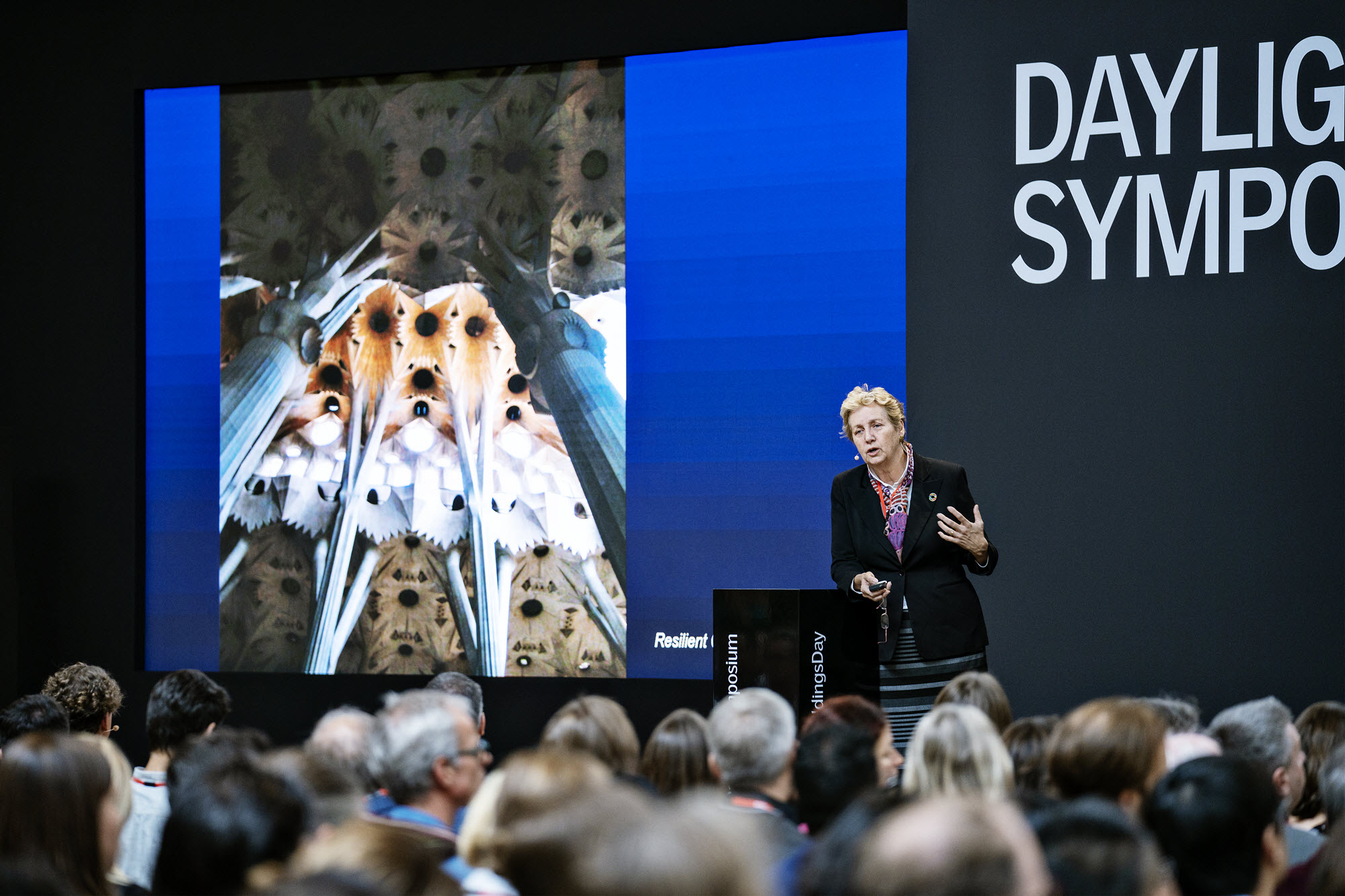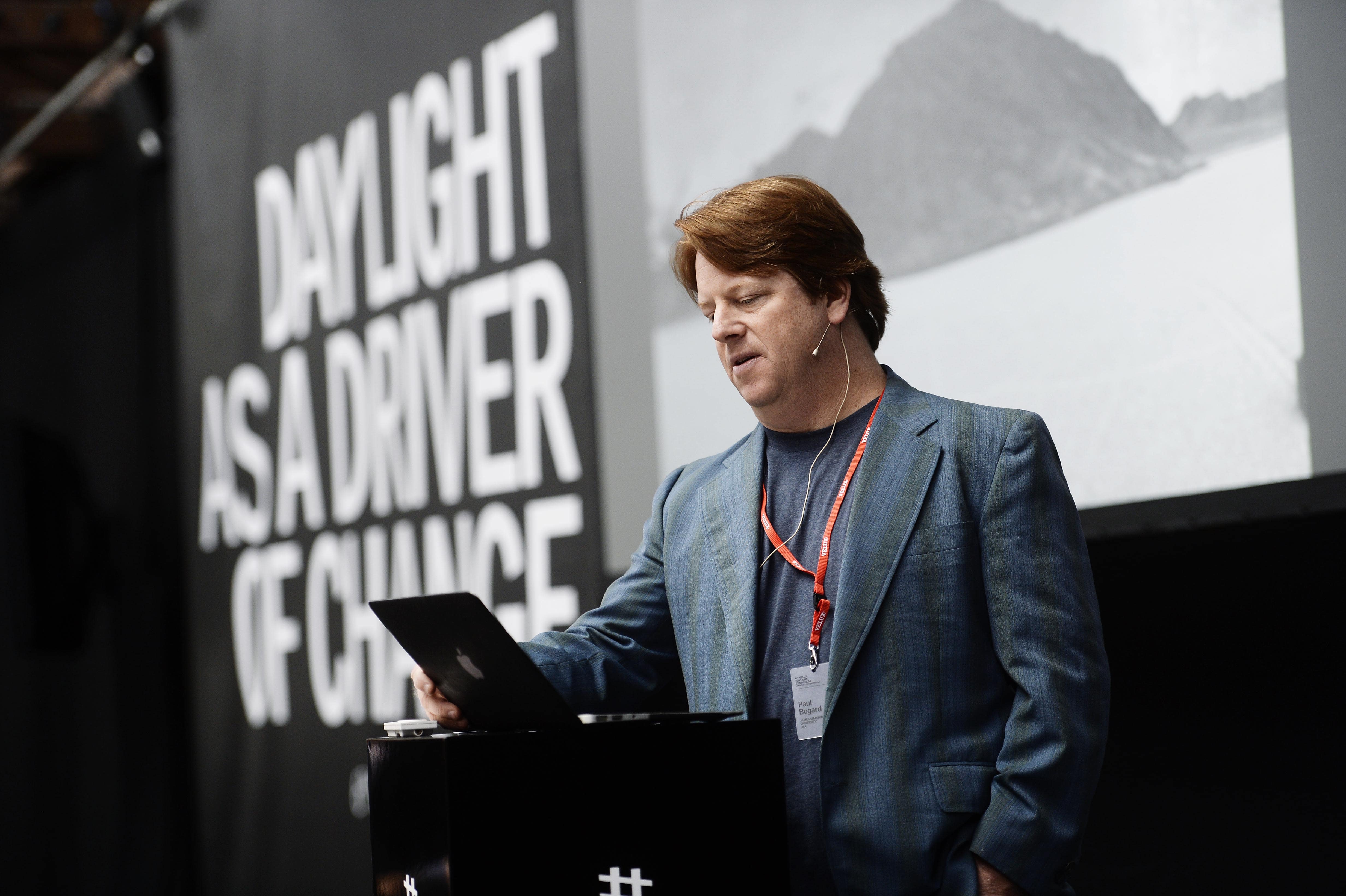Health matters:
Beyond indoor comfort
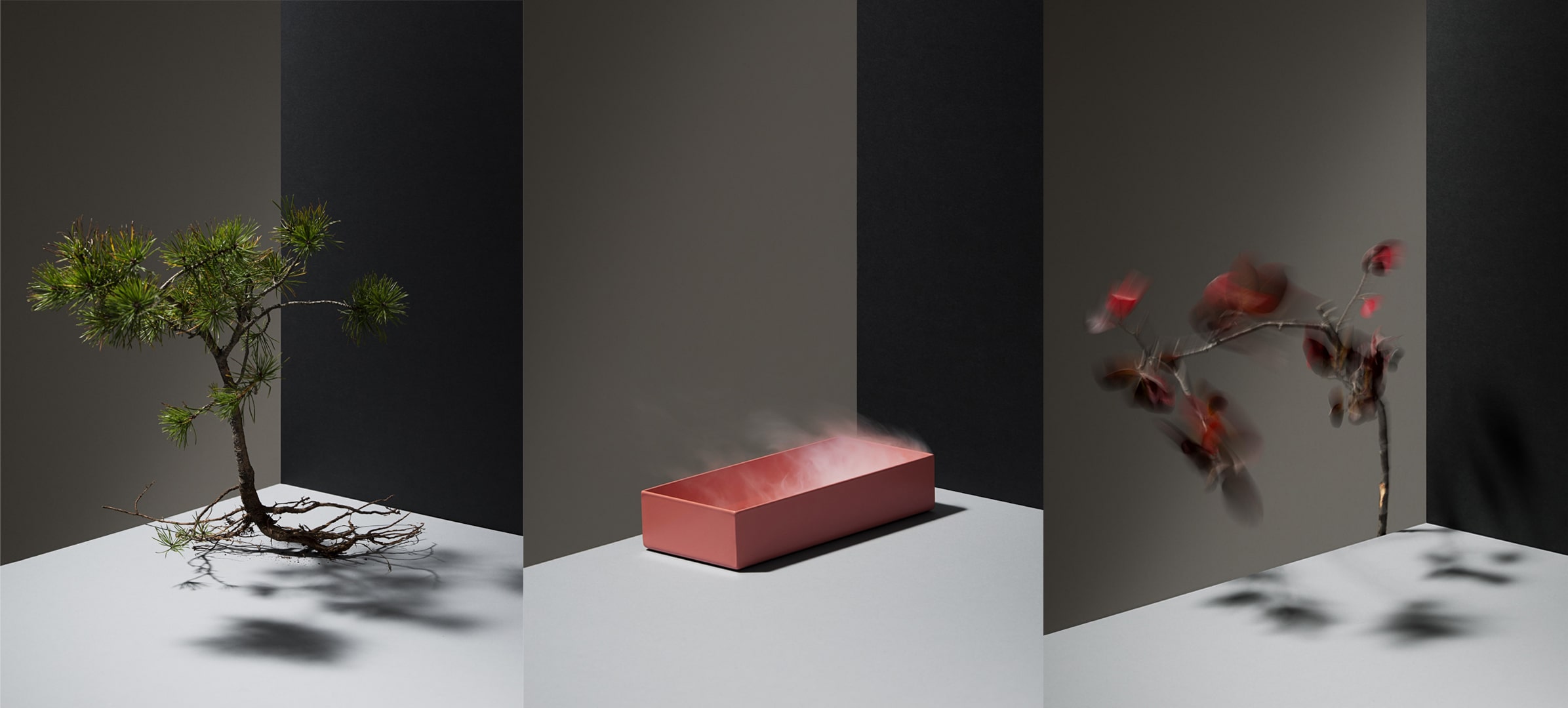
Category
Health and Well-being
Author
Peter Holzer
Photography
Ola Bergengren
Set design by Iwa Herdensjö
Date
18 Jan 2021
Source
Daylight & Architecture #26
Share
Copy
For decades, our buildings have been designed for optimal thermal, acoustic and visual comfort. But does this make them healthier for our species, which, after all, has evolved outdoors for tens of thousands of generations? Taken seriously, the design of healthy buildings calls into question many established standards and parameters in building design, from indoor temperature levels to how much – and what kind of – light we let inside our offices and living rooms.
Indoor comfort versus indoor health
Indoor comfort is a core issue in both building design and building science. It is also a mega-seller in the construction business: the HVAC industry has an annual turnover of roughly USD 100 billion world-wide, recently growing at more than 5% p.a.¹
Indoor comfort addresses a variety of issues, including thermal, visual, and acoustic comfort as well as air quality. Comfort, by definition, is a state of mind, defined by the Cambridge Dictionary as “a pleasant feeling of being relaxed and free from pain”. Indeed, comfort is the personal sensation of feeling comfortable. It is simply the absence of discomfort, which is certainly a feeling nice to have.
Health, on the other hand, is more than a state of mind. It is also a state of physical well-being that includes the absence of disease or infirmity, as explained by the WHO in its well-known definition:² “Health is a state of complete physical, mental and social well-being and not merely the absence of disease or infirmity.” This is significantly more than ‘nice to have’.
Given this differentiation between indoor health and indoor comfort, the question has to be raised as to whether our commonly accepted indoor comfort targets are consistent with basic physiological needs.
There is a good reason to raise this question now − the historically recent development towards an ‘indoor society’. Members of post-industrial urban societies spend more than 90% of their lifetimes indoors. This percentage has grown rapidly, essentially driven by the invention of cheap and flicker-free light. For the first time in history, gaslight and electric light made it possible to move most human professional and private activities inside.
Furthermore, the question should be taken extremely seriously, as possible misjudgements may pose a significant health risk. Comfort provides instantaneous feedback. If you feel uncomfortable, you know it at once. Health, on the other hand, doesn’t give rapid feedback. If you expose yourself to unhealthy conditions, you might feel the consequences only years later, often through unspecific symptoms, and sometimes too late.
Our Institute of Building Research in Vienna has conducted numerous research activities and studies to investigate the connections and gaps between indoor comfort and health issues. Initially these activities were focused on visual comfort and photo-physiology but have recently been expanded to the field of thermal comfort and health. This article gives a brief summary of our recent findings and their possible consequences for building design.
From the savannah to the indoor society: a brief history of mankind’s evolution
Our complex human physiology is the result of millions of years of evolution. For most of the time, this evolution took place in exterior spaces. The genus Homo is considered to have developed around 2.8 million years ago in east Africa. According to the Out of Africa theory, members of the most successful species, Homo sapiens, spread from East Africa not earlier than 200,000 years ago, displacing other representatives of the genus Homo, which had already reached Southern Asia and Europe in earlier waves of migration. From around 12,000 BC onwards, Man started to turn into a sedentary species, a phenomenon first documented in the area of today’s Israel and Palestine. But it was only a few hundred years ago, with the invention of gaslight and electric light, that social and commercial life started to move indoors, with very few exceptions.
Evolution does not react within two hundred years, however. We are outdoor creatures in an indoor society. In fact, by settling indoors, our species has undergone a deliberate and artificial change of micro-climate that significantly exceeds the (again, man-made) macro-climate change that is the topic of so much discussion right now.
This is an important observation: knowing where we come from gives an idea of what we are trained for. Yet this observation has to be treated most carefully and without any romanticism: we are no longer results of biological evolution alone. There is scientific agreement about the existence of an additional cultural evolution³. Not everything that is natural is good for health. Statistically, we live significantly longer lives than our ancestors ever did. “Young brains in evolutionary old bodies” fittingly sums up the duality between mankind’s natural and cultural evolution.
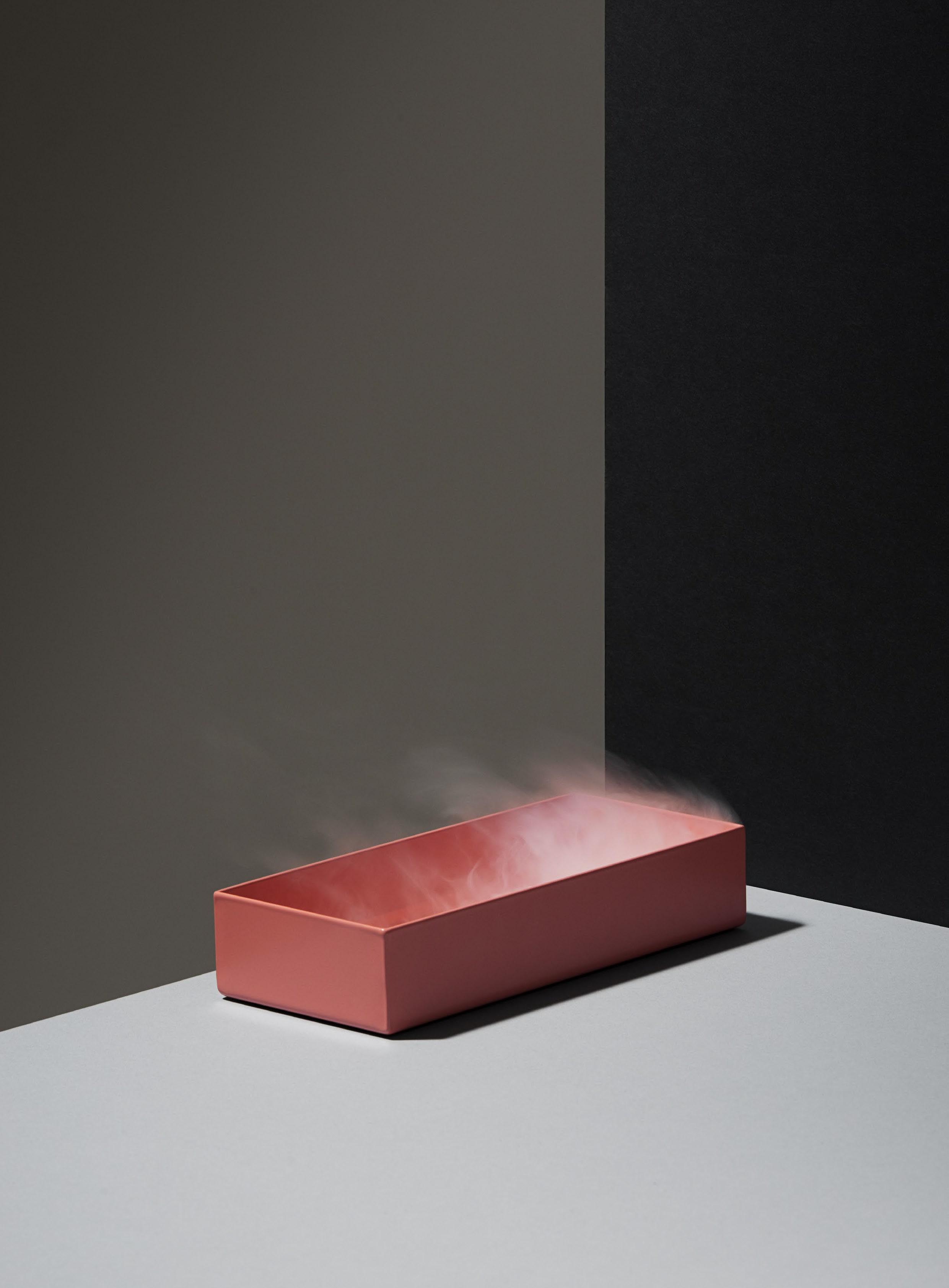
COMFORT PARAMETERS DISCUSSED FROM A HEALTH PERSPECTIVE
1. TEMPERATURE
Numerous standards define the ‘thermal comfort zone’ for living spaces and office work within a temperature range of 20° to 26°C. Observations from Europe have repeatedly proven the validity of the lower limit, as long as building occupants choose a set of indoor clothing suited for winter, with long legs and sleeves. Recently however, people increasingly prefer higher indoor temperatures, together with a tendency to wear medium to light clothing all year round.
As regards the upper limit of 26°C, reliable observations have proven that it is well applicable to air-conditioned buildings, but too low for ‘free-running’ buildings without active cooling systems in warm climates.⁴ The 26°C upper temperature limit has no physiological basis but a technical one: it is as young as the invention of the compression chiller, which dates back to 1906.⁵ In many situations, people accept temperatures even way beyond 26°C. Whether they do so depends strongly on cultural agreements about clothing style, on attitudes towards sweating and air movement and, last but not least, on the long-time acclimatisation to outdoor temperatures.
From a medical point of view there is no evidence for a lower benchmark such as 20°C. The only existing evidence is linked to much lower levels of temperature: living constantly at less than 12°C leads to health issues, which are especially relevant for elderly people with systematically decreased metabolism, and hence heat output. Constant temperatures below 12°C have also been reported to cause psychological problems and to increase the risk of falls. On the other hand, an increasing number of experts claim that frequent training of short-time ‘cold stress’ increases the biological resistance to these health issues. As regards the upper limit, there is medical evidence that heat stress increases the risk of mortality due to cardiac infarction. However, there is evidence that heat is something one gets used to. So heat stress is not merely a question of temperature levels but also depends on how frequently people are exposed to warm temperatures.
Without quantitative proof, it is increasingly accepted that there is no such thing as a ‘natural’ comfort temperature. Adaptation and acclimatisation, together with a powerful thermoregulatory system, enable mankind to live comfortably in a range of temperatures significantly wider than modern definitions of a static ‘comfort zone’. There is emerging medical evidence that our thermoregulatory system can be trained on both sides by temporary exposures to (mild) cold and heat. The old rule of “use it or lose it” seems to apply here as well.⁶
A frequently raised question is whether night temperatures in our sleeping rooms should be lower than daytime temperatures. One might conclude this from the fact that, in every climate of the world, the outdoor temperature drops by at least a few degrees during the night, and our core body temperature also drops while we sleep. However, there seems to be no clear medical evidence that would give a medical call for ‘cold bedrooms’.
Recommendations:
These challenges need to be faced with a systematic, climate-sensitive architectural design, accompanied by passive means of heating and cooling. Only when these are exhausted should active heating and cooling systems come into play. All active systems ought to be designed for hybrid building control, i.e. switchable between controlled and ‘free running’ mode. The best results can be achieved by providing occupants with personal adaptive options such as access to personally operable windows, personal control over sunscreens, and possibly desk fans and other devices. In general terms, buildings should connect people to the outdoors as much as possible and provide shelter from it only as much as is necessary. And for the sake of your health − get out of your comfort zone sometimes!
2. HUMIDITY
There is sound medical evidence that relative indoor humidity should not be constantly lower than 30%. Our respiratory system, our eyes, our skin, as well as all kinds of biological membranes inside our bodies that are exposed to ambient air, are prepared for this limit. Again, the comparison with outdoor conditions helps: there is not a single place in the world, not even the deserts, where relative humidity is constantly lower than this level.
On the other hand, there is no direct medical evidence for limiting the relative humidity to an upper value. The frequently applied maximum of 60% relative humidity in building design is an invention of HVAC companies, but is not related to physiology. A health risk exists only if high indoor humidity levels exist alongside poor insulation levels or cold bridges in walls and roofs. In this case, mould might occur on cold surfaces in indoor spaces.
A similar, indirect correlation exists between indoor relative humidity and allergic asthma. House dust mites, which are one of the possible triggers of allergic asthma, reproduce strongly at a constant humidity of 65 to 75% in combination with temperatures between 21°C and 27°C. Again, the comparison to the outside climate proves that, in most areas of the world (at least at night), levels of relative humidity up to 80% are absolutely common, physically inevitable and neither a health nor a comfort issue.
Finally, there is evidence that as vapour pressure (which is proportional to absolute humidity) increases, the effectiveness of sweating decreases. This is not directly a health issue but leads to an increased moisture cover on the skin and contributes to heat stress.
Recommendations:
Once again, the best advice is to apply a climate-sensitive architectural design that, wherever suitable, uses hygroactive materials to buffer humidity, and high air-exchange rates to withdraw humidity from indoor spaces. If necessary, active humidity control (e.g. through ventilation devices with moisture recovery) must be added. These devices should again be prepared for hybrid control, designed for easy adjustment, and accompanied by good airtightness of the building envelope.
In general terms, the advice given above can be reiterated here: buildings should connect people to the outdoors as much, and for as long, as possible, and shelter them from the outdoors only as much as is necessary.
3. DAYLIGHT
In the field of daylight, there are numerous − and medically well-proven − contradictions between visual as well as thermal comfort targets and photo-physiological needs. One of them concerns illuminance levels. While the standards for visual comfort demand 500 lux at horizontal planes, full activation of the circadian system calls for at least 1,000 lux at the eye. This requirement is met outdoors at any time of the day, starting at early dawn, but extremely hard to fulfil in interior spaces. Another contradiction is the restriction of wavelengths of radiation. While facility managers welcome the absence of ultraviolet (UV) radiation to prevent bleaching out furniture and fabrics, photo-physiology is very much aware of the crucial importance of UV-B radiation to trigger the synthesis of previtamin D3. And while building physicists welcome the absence of infrared (IR) radiation to limit solar heat gains, physiologists are aware of the importance of IR-radiation as the trigger for cytochrome C oxidase, an essential process in cellular respiration.
Recommendations:
Daylighting design is a core responsibility of any architect. It can only be supported, but never replaced, by artificial lighting. Be aware that in interior spaces we always suffer from a lack of light, both in terms of quality and quantity. So high quality, easily accessible outdoor spaces should always be offered, both in residential and in commercial buildings.
4. AIR VELOCITY
An upper limit to air velocity is a key concern of both thermal comfort research and the HVAC industry. A risk of draft is considered to occur at an air velocity above 0.2 m/s. This has no equivalent in medical science however. Even during an easy walk, our body is exposed to a relative air speed of 1 m/s, without any ensuing health damages. On the contrary: air velocity is, and has always been, a major means of thermoregulation in hot climates. An airspeed of only 1 m/s lowers the perceived temperature by about 3 degrees.⁷ It is most important to reintroduce the comfort potential of air movement into today’s building design.
A lower limit of airspeed is not under discussion, either in comfort science or in medicine.
Recommendations:
Personally controllable air movements during the day (through windows or using ventilators) can contribute greatly to summer comfort. Furthermore, buildings should be designed for ventilative cooling, which relies on high air exchange rates during night hours to cool down the building’s fabric.
5. FINE PARTICLES AND NOISE
Fine particles and noise are two comfort and health criteria of increasing importance. Both issues are, without any doubt, highly health relevant. They are typically problematic in polluted urban areas with a high density of motorised traffic.
Recommendations:
Outdoor noise and pollution are unacceptable as they can preclude the otherwise reasonable opening of buildings to the out-of-doors. They must, however, be prevented on a community level, outside the building itself, and ideally at their source. Nonetheless, outside spaces should still be created for at least a short time stay wherever possible, even in highly trafficked areas.
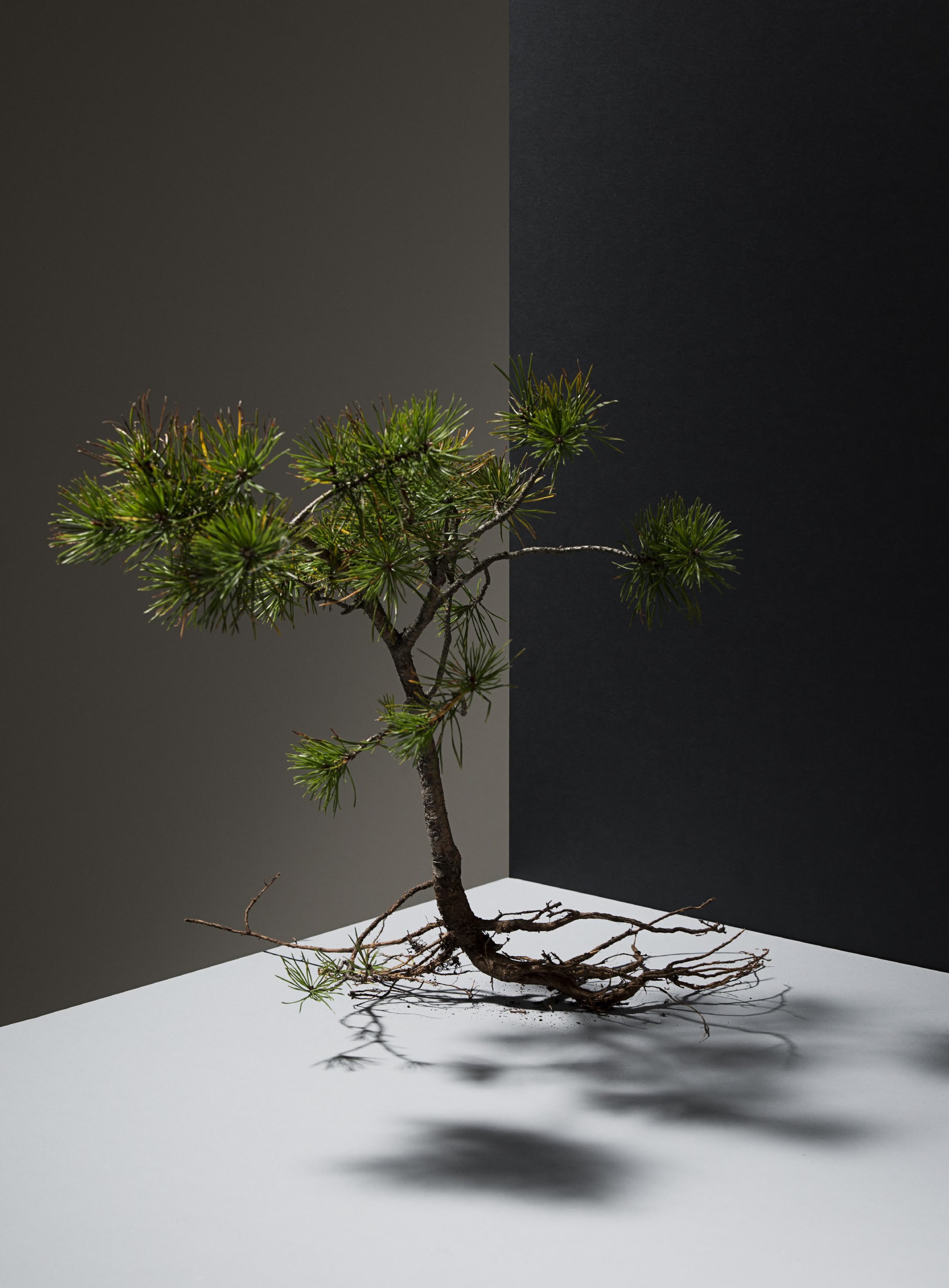
CONCLUSION
• Indoor health is not necessarily in line with indoor comfort. Our being an indoor society calls for careful building design that addresses physiological needs beyond the desire for comfort.
• Several well-established comfort definitions turn out to be too narrowly defined from a health point of view.
• As regards thermal comfort, the approach of adaptive thermal comfort and of hybrid building control is promising.
• There are increasing indications for our thermoregulatory system positively reacting to periodic exposure to (mild) cold and heat.
• As regards photo-physiology, there is clear evidence for a systematic lack of light in interior spaces, both in terms of quantity and quality. This has to be met by good daylighting design and by offering high-quality, easily accessible outdoor spaces, both in residences and commercial buildings.
• Generally, building design must find a new balance between giving shelter from the outside space and providing connections to the outdoors.
• Outdoor noise and dust, together with security issues, form severe obstacles to these targets. They have to be forcefully dealt with on the levels of urban design and the building site.

Peter Holzer is an engineer, researcher, teacher and consultant for sustainable building design. He holds a degree in Mechanical Engineering from the Technical University of Vienna, Austria, where he also completed his doctorate thesis on the quality and quantity of daylight in interior spaces. From 2008 to 2013, he headed the Department for the Environment and Construction at the Danube University in Krems, Austria. Today, he directs a consultancy office (www.jung-ingenieure.at) and is an associate of the Institute of Building Research & Innovation, both in Vienna.
Sources:
1. Freedonia Industry market research: World HVAC Equipment, http://www.freedoniagroup.com/industry-study/3154/worldhvac-equipment.htm (07.08.2016)
2. WHO, Preamble to the Constitution of the World Health Organization as adopted by the International Health Conference, New York, 19–22 June, 1946; signed on 22 July 1946
by the representatives of 61 States (Official Records of the World Health Organization, no. 2, p. 100) and entered into force on 7 April 1948.
3. Konrad Lorenz: Der Abbau des Menschlichen, Piper, 1983
4. For details see the ‘adaptive comfort theory’ of Humphreys, Nicol, Roaf, de Dear et al.. Nicol F., Humphreys M., Roaf S.: Adaptive Thermal Comfort: Principles and Practice. Routledge, 2012
5. U.S. patent for Willis Haviland Carrier, 1906
6. See work of Prof Dr Wouter van Marken Lichtenbelt, Maastricht University
7. EN 7730:2006, Appendix G


